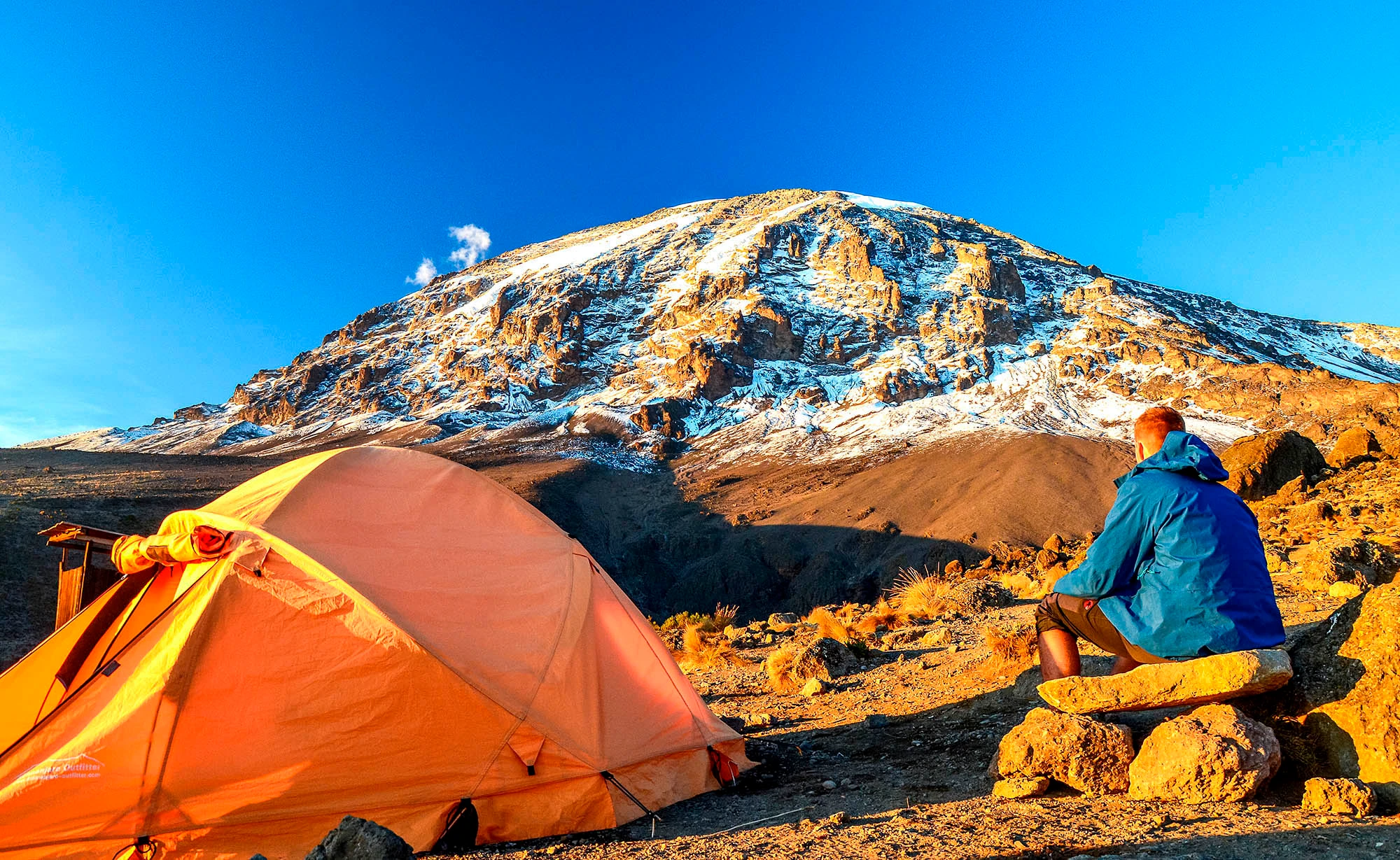7 Day Machame Route – Kilimanjaro Climb Package
The 7 day Machame Route offers a more gradual ascent of Kilimanjaro, making it ideal for climbers seeking better acclimatization and a higher success rate. Known for its varied landscapes and iconic features like the Barranco Wall, this route combines adventure, beauty, and a well-paced itinerary.
Compared to the 6-day version, the 7-day itinerary adds an extra night at Karanga Camp, allowing for improved adaptation to altitude and more rest before the summit push. It's a favorite among trekkers aiming to increase their chances of reaching Uhuru Peak.
At a Glance
Duration: 7 Days on the mountain
Route Type: Tent camping
Start Point: Machame Gate
End Point: Mweka Gate
Difficulty: Moderate to challenging
Scenery: Rainforest, moorland, alpine desert, glaciers
Best For: Trekkers wanting a balanced approach to acclimatization and success

Detailed Itinerary – 7 Day Machame Route
Day 1: Machame Gate to Machame Camp
Begin your trek at Machame Gate. Hike through lush rainforest teeming with birds and monkeys. Reach Machame Camp by late afternoon and enjoy your first evening on the mountain.
Day 2: Machame Camp to Shira Camp
Ascend through moorland and open heath. The path steepens, but panoramic views reward your effort. Arrive at Shira Camp on the plateau beneath Kibo Peak.
Day 3: Shira Camp to Barranco Camp via Lava Tower
Today is crucial for acclimatization. Climb to Lava Tower at 4,630m, then descend to Barranco Camp. The route provides diverse terrain and striking geological features.
Day 4: Barranco Camp to Karanga Camp
Tackle the Barranco Wall, a dramatic but safe scramble. Cross rolling terrain and enjoy beautiful views en route to Karanga Camp for a shorter, easier day.
Day 5: Karanga Camp to Barafu Camp
Ascend steadily to Barafu Camp. The alpine landscape becomes stark, but excitement builds as summit day nears. Rest, hydrate, and prepare for the midnight climb.
Day 6: Summit Day – Barafu Camp to Uhuru Peak, then descend to Mweka Camp
Depart just before midnight. Climb steep slopes to Stella Point and continue along the crater rim to Uhuru Peak. After celebrating at the top, descend to Barafu, rest briefly, then continue to Mweka Camp.
Day 7: Mweka Camp to Mweka Gate
A final descent through rainforest leads to Mweka Gate. Collect your summit certificate and transfer back to Moshi for a well-earned rest.
What's Included
All Kilimanjaro National Park fees
Tent accommodations and camping gear
Professional guides, porters, and cook
All meals on the mountain
Drinking water and hot beverages
Rescue fees
First-aid kit and oxygen cylinder
Pre- and post-trek briefing
Transfers to/from Machame Gate
Summit certificate (gold for Uhuru, green for Stella Point)
What's Not Included
International flights and visas
Travel insurance
Tips for crew
Personal trekking equipment
Pre/post trek accommodation (available on request)
Extra snacks and drinks
Portable toilet (available at extra cost)
